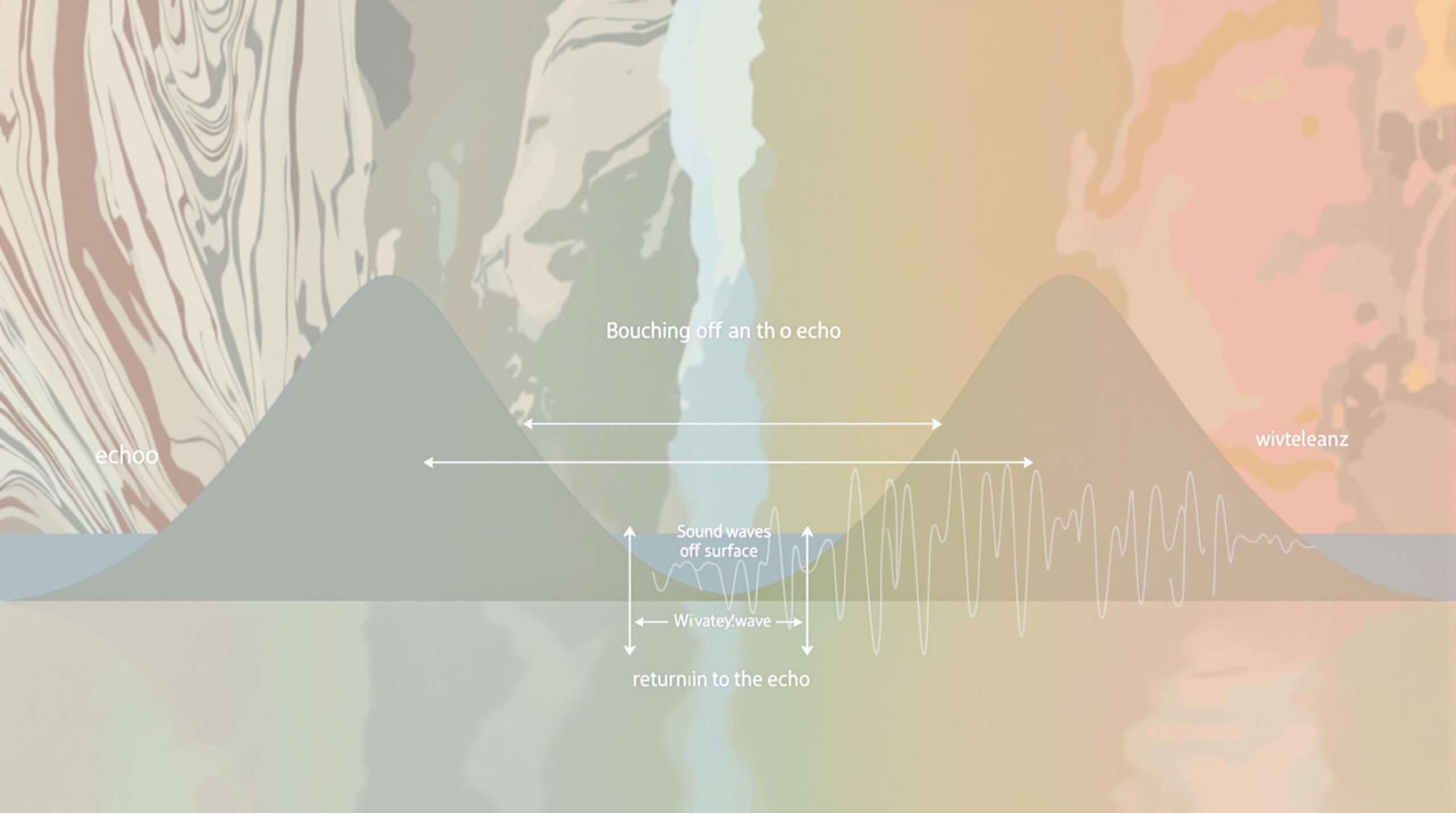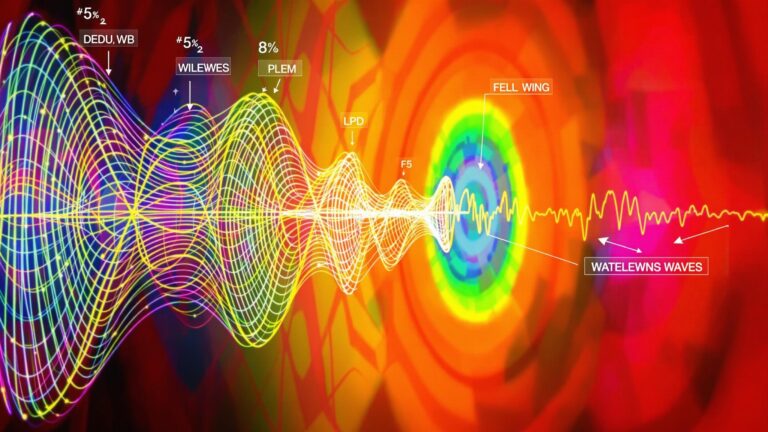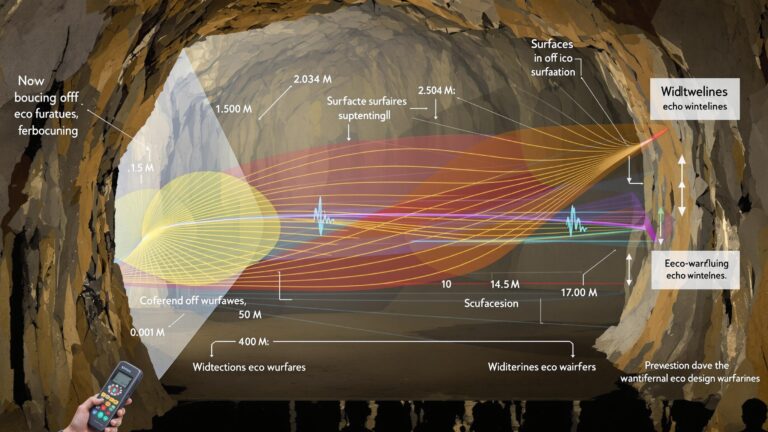Have you ever wondered why some echoes are clearer than others? The secret lies in the echo’s wavelength. This seemingly simple property holds the key to understanding how sound interacts with its environment and can be used in surprising ways.
What is Echo Wavelength?
An echo is a sound wave that has been reflected off a surface and returned to the listener. Wavelength, in this context, refers to the distance between two successive crests (or troughs) of the sound wave.
The Impact of Wavelength on Echo Perception
The wavelength of an echo significantly impacts how we perceive it. Shorter wavelengths (higher frequencies) tend to be more easily absorbed by surfaces, resulting in weaker, less distinct echoes. Conversely, longer wavelengths (lower frequencies) can travel further and are less prone to absorption, leading to stronger, more pronounced echoes.
Applications Beyond the Canyon
Understanding echo wavelengths has applications far beyond simply understanding why you hear an echo in a canyon. Consider these examples:
- Medical Imaging: Ultrasound technology uses high-frequency sound waves to create images of internal organs. By analyzing the wavelengths and intensities of the returning echoes, doctors can diagnose a wide range of medical conditions.
- Sonar: Ships use sonar to detect objects underwater. By emitting sound waves and analyzing the returning echoes, they can determine the location, size, and shape of submerged objects.
- Room Acoustics: Architects and engineers use their knowledge of sound wave behavior to design spaces with optimal acoustics. By carefully considering the dimensions and materials of a room, they can control the way sound waves reflect and interact, creating a more pleasant and functional environment.
Why Should You Care?
The principles governing echo wavelengths affect our everyday lives, from the clarity of the music we listen to the effectiveness of medical diagnoses. A basic understanding of this phenomenon can help you appreciate the complexities of the world around you.
Delving Deeper
To truly master the secrets of echo wavelengths, further research into Acoustics, wave physics and signal processing are required.
Conclusion
Echo wavelengths are more than just a scientific curiosity. They are a fundamental aspect of how sound interacts with the world and are used in a wide range of applications. By understanding the basics of echo wavelengths, you can gain a deeper appreciation for the science behind the sounds we hear.


